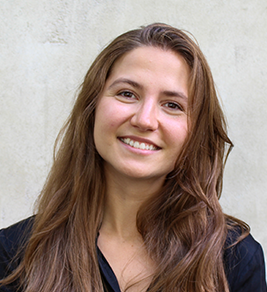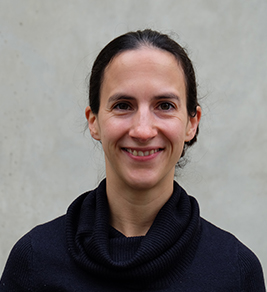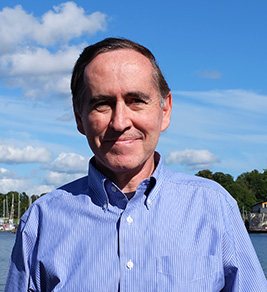This map shows the share of foreign-born of the total population in the Nordic countries.

This map shows the share of foreign-born of the total population in Nordic municipalities (big map) and regions (small map), and municipalities (big map) in 2022.
Iceland has the highest share of foreign-born residents in the Nordic Region, at 22%. Mýrdalshreppur, the municipality in the south containing the village of Vik, has the largest foreign-born population, at 58%. It is also the only municipality in the Nordic Region with a majority non-native population. Other municipalities in the south, some of which are quite small, also have significant foreign-born populations. Reykjanesbær, near Keflavik airport, is the largest municipality with a sizeable foreign-born population, at 29%. In Reykjavíkurborg, 20% of the population is foreign-born, about the same as the national average. Many municipalities with tiny populations in the Westfjords and the north also have small shares of foreign-born persons. In 2022, 17% of the population of Norway was foreign-born. Municipalities with high shares of foreign-born include Oslo (28%), several suburban municipalities near Oslo, and a few in the north – which have small overall populations but large numbers of foreign workers employed in the fishing industry.
In Sweden, 20% of residents are foreign-born, with large differences in distribution by region and municipality. At the regional level, Stockholm has the highest share of foreign-born persons (27%), followed by Skåne, including the city of Malmö (24%). The percentage of foreign-born persons in Västra Götaland, which encompasses Gothenburg, is the same as that of Sweden as a whole. The regions with low shares of foreign-born persons are in the north of the country – Dalarna, Gävleborg, Västernorrland, Jämtland, Västerbotten, and Norrbotten – plus the island of Gotland, which has the lowest share (9%). There are no municipalities in which foreign-born persons are the majority, but there are several with quite high foreign-born populations and which are illustrative of the segregation of the population. Botkyrka (44%) and Södertälje (43%), south of Stockholm, have the highest foreign-born shares, followed by Haparanda on the border with Finland, which functions as one city with neighbouring Tornio. There are several other municipalities in Stockholm region with a concentration of migrants, including Sigtuna, Järfälla, Upplands Väsby, Solna and Sundbyberg. In Stockholm city, more than one-quarter (26%) are foreign-born. In Malmö, the share is more than one-third (36%), while in Gothenburg, 29% are foreign-born. Many of the 85 smaller municipalities outside these large urban areas, in the north and west of the country, have much smaller shares of foreign-born residents (less than 10%).
In 2022, 8% of the population of Finland were born abroad. Municipalities with higher shares of foreign-born residents include suburbs of Helsinki, such as Vantaa (21%) and Espoo (19%). In Helsinki, 16% of the population was born outside of Finland. Of the other large cities, 12% of the population of Turku were born abroad, as were 9% of Tampere. More northern and eastern municipalities have small shares of foreign-born persons, including several with entirely native-born populations. By 2022, the share of Denmark’s population who were foreign-born had risen to 13%. In several suburban municipalities around Copenhagen, the share of foreignborn residents was 15% or higher. In Copenhagen as a whole, the share was 21%. In 2023, 88.6% of Greenland’s population were born in Greenland, 7.3% in Denmark, and 4.1% elsewhere. Of the five regions in Greenland, Sermersooq, which includes the capital Nuuk, had the lowest share of native-born residents (82%), the highest share of Danish-born (11%) and the highest share born elsewhere (6%). In all of the other municipalities, 92% or more of the population were born in Greenland. In 2022, 15% of the population of the Faroe Islands were foreign-born. In Åland, 20% of the population were foreign-born in 2022. In the capital city of Mariehamn, 23% were born outside of Finland.




